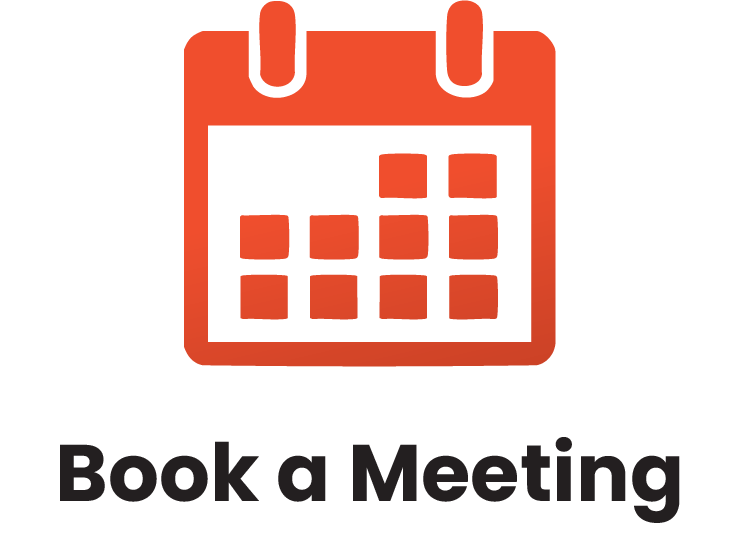Instructor-Led Training
Interactive training sessions led by experienced facilitators.
What is In-Person, Instructor-Led Training?
Our in-person training is delivered by a live facilitator who works directly with your team at your location. It’s our most popular format because it allows for real-time interaction, hands-on learning, and direct support.
Every session is tailored to your team’s specific goals, industry, and challenges—no generic, one-size-fits-all programs. Whether it’s a single session or a full training series, we design the experience to be relevant, practical, and fully aligned with your needs.
What is Live Webinar Training?
Live webinars are facilitator-led training sessions delivered online in real time. They’re ideal for teams working in different locations or with busy schedules.
This format offers shorter, more frequent sessions that are easy to coordinate—making it a convenient option for organizations with remote or distributed teams.
What is Virtual Classroom Training?
Virtual Classroom training is live, instructor-led training delivered online. It offers the same interactive experience as in-person sessions, with real-time discussions, group activities, and instructor feedback.
It’s a flexible option for organizations that want to reduce travel, save costs, or better fit training into busy schedules.
What is a Lunch & Learn Session?
Lunch & Learn sessions are short, facilitator-led training sessions delivered in person or online—typically during the lunch hour. They focus on specific topics or skills and offer a quick, engaging way to learn without a full-day commitment.
These sessions can be offered as one-time events or as part of a series, making them a great option for ongoing, bite-sized learning.
Online Learning
Enjoy our self-paced option and learn from anywhere!
$199.00
Risk Management
Risk management has long been a key part of project management and it has also become an increasingly important part of organizational best practices. Corporations have realized that effective risk management can not only reduce the negative impact of crises; it can provide real benefits and cost savings.
The risk management framework provided in this workshop is flexible enough for any organization. You can apply it to a single project, a department, or use it as a basis for an enterprise-wide risk management program.
LEARNING OBJECTIVES
Learning Objectives
This one-day workshop will help you teach participants how to:
- Define risk and risk management
- Describe the COSO ERM cube and ISO 31000
- Establish a risk management context
- Describe the 7 R’s and 4 T’s that form the framework of risk management activities
- Design and complete a basic risk assessment
- Determine the appropriate response to risks and create a plan for those responses
- Describe the key components of reporting, monitoring, and evaluation of a risk management program


COURSE OUTLINE
You will spend the first part of the day getting to know participants and discussing what will take place during the workshop. Students will also have an opportunity to identify their personal learning objectives.
Understanding Risk
In this session, you will discuss the definitions of risk and risk management, types of risks, and the key components of establishing your risk management context. To wrap up the session, you will review two key risk management models: the COSO ERM cube and the ISO 31000 risk management standard.
Risk Management Activities
This session will provide the framework for the remainder of the day: the seven R’s and four T’s of risk management.
Assessing Risk
Next, participants will learn how to design a basic risk assessment process. They will also start working on a case study that will be used throughout the day.
Responding to Risks
In this session, participants will learn about the four T’s of responding to risks: Tolerate, Treat, Transfer, and Terminate.
Resourcing Controls
Next, participants will explore controls that can be put into place to mitigate risks.
Reaction Planning
This session will give participants a checklist of items to include in their contingency plan.
Reporting and Monitoring
In this session, participants will discuss reporting hierarchies and requirements.
Reviewing and Evaluating the Framework
The final session will give participants a checklist for reviewing their risk management program.
Workshop Wrap-Up
At the end of the course, students will have an opportunity to ask questions and fill out an action plan.













